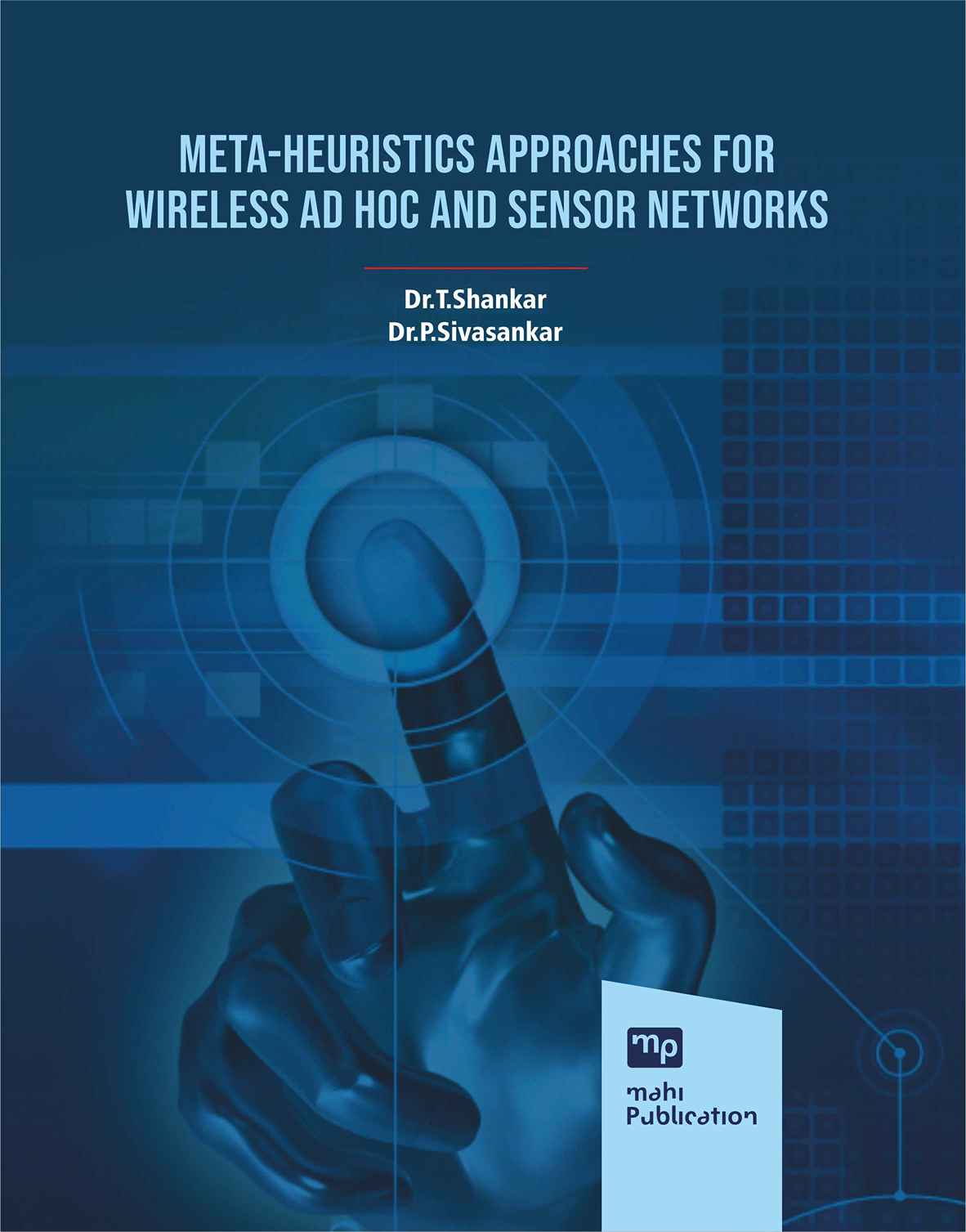Meta-Heuristics Approaches for Wireless Ad HOC and Sensor Networks
Authors:
Dr. T. Shankar,
Dr.P.Sivasankar,
Format: Paperback | Genre : Engineering | Other Book Detail
Format: Paperback | Genre : Engineering | Other Book Detail
Recent advances in wireless communications and electronics have enabled the development
of low-cost, low-power, multifunctional sensor nodes that are small in size and communicate un
tethered in short distances. These tiny sensor nodes, which consist of sensing, data processing,
and communicating components, leverage the idea of sensor networks. Sensor networks
represent a significant improvement over traditional sensors. The past few years have witnessed
increased interest in the potential use of Wireless Sensor Network (WSN) in a wide range of
applications and it has become a hot research area.
Sensor nodes in WSN are usually battery-operated devices, and hence energy saving of
sensor nodes is a major design issue. To prolong the networks lifetime, minimization of energy
consumption should be implemented at all layers of the network protocol stack starting from
the physical to the application layer including cross-layer optimization. Optimizing energy
consumption is the main concern for designing and planning the operation of the WSN.
Clustering technique is one of the methods utilized to extend lifetime of the network by applying
data aggregation and balancing energy consumption among sensor nodes of the network. In
clustered networks, Sensor nodes in each cluster transmit their data to the respective Cluster
Head (CH) and the CH aggregates data and forwards them to a central base station. More
energy is drained from Cluster Heads (CHs) due to message transmission over long distances
(CHs to the base Station) compared to other sensor nodes in the cluster. It is essential to avoid
quick depletion of cluster heads.
Book Also Available On
Share:






